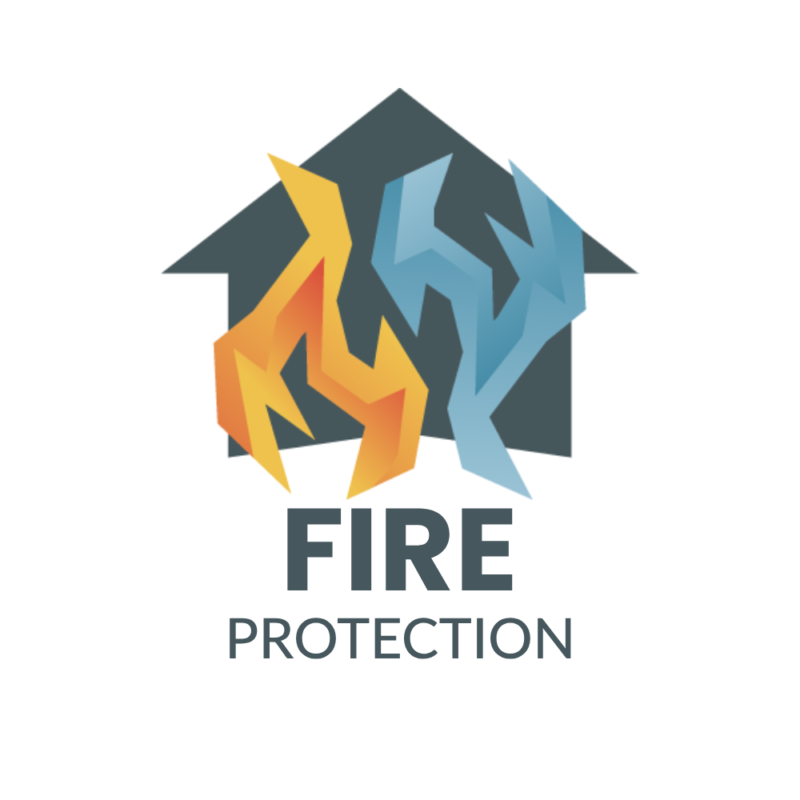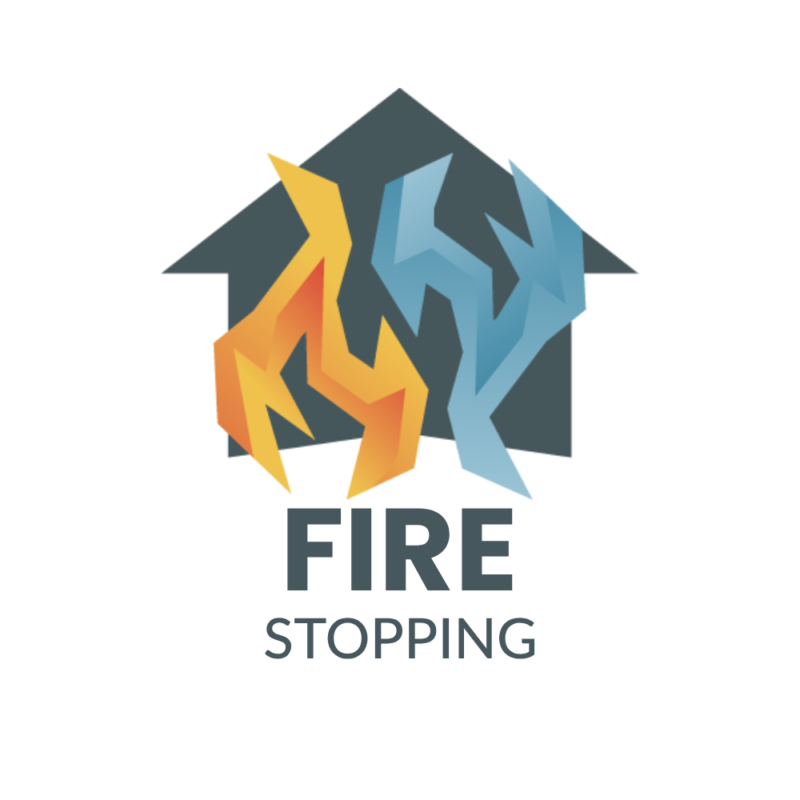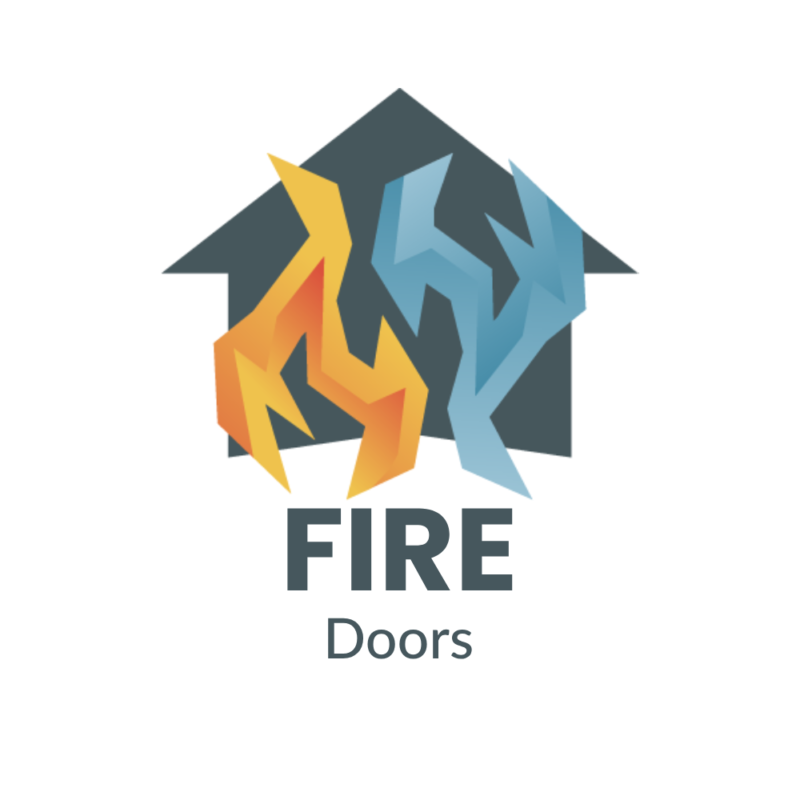
SURVEYS
Many building owners and occupiers assume that they are compliant with the Regulatory reform order after carrying out a fire risk assessment. This assumption occurs because a large part of the fire risk assessment should cover the risks of breached fire compartments. Unfortunately, this is not always the case as fire risk assessors do not cover “out of sight” areas. Instead, they recommend the client seeks “specialist” advice for these areas.

FIRE PROTECTION
All holes/voids in your compartmentation need to be plugged and the area made fireproof by using the relevant fire stopping products that are fit for purpose. Onyx Fire has trained technicians can assess the requirements, and carry out the relevant remedial works. Fireproofing is achieved by using a range of different fire stopping materials and methods. These can include intumescent seals and pipe collars, intumescent socket box inserts; putties; sealants; sprays and foam.

FIRE STOPPING
One of the main causes of fire spread within a building is a result of fire and smoke travel through unsealed voids in floors, walls, ceilings and roofs. Although these voids will always be necessary to allow the distribution of mechanical and electrical services to necessary areas of a building, they will still present a risk regardless as they compromise the fire compartmentation. Fire compartmentation is essential to areas such as escape corridors and

FIRE BARRIERS
There are two different types of fire barriers designed to offer smoke and fire protection within roofs and ceiling voids. One being a mineral fibre barrier which offers both insulation and fire protection, the other is a lightweight woven cloth material which offers an extremely cost efficient solution.

FIRE DOORS
FD30 and FD60 fire doors are an integral part of any fire compartmentation system. Such systems are required in all buildings whereby staff, residents, students, visitors or any person is present. According to the Association for Specialist Fire Protection (ASFP),





